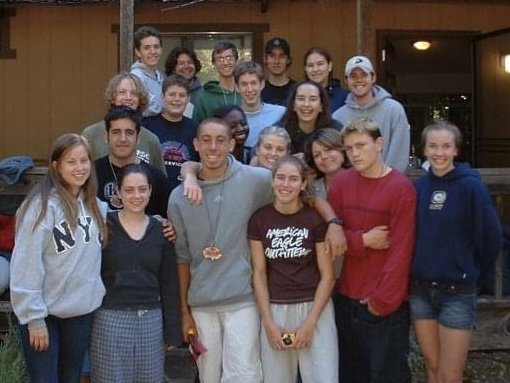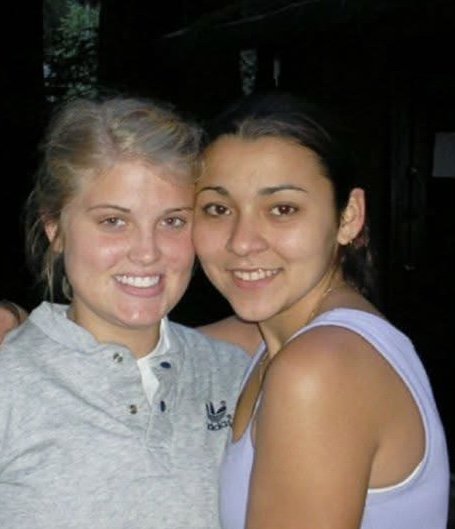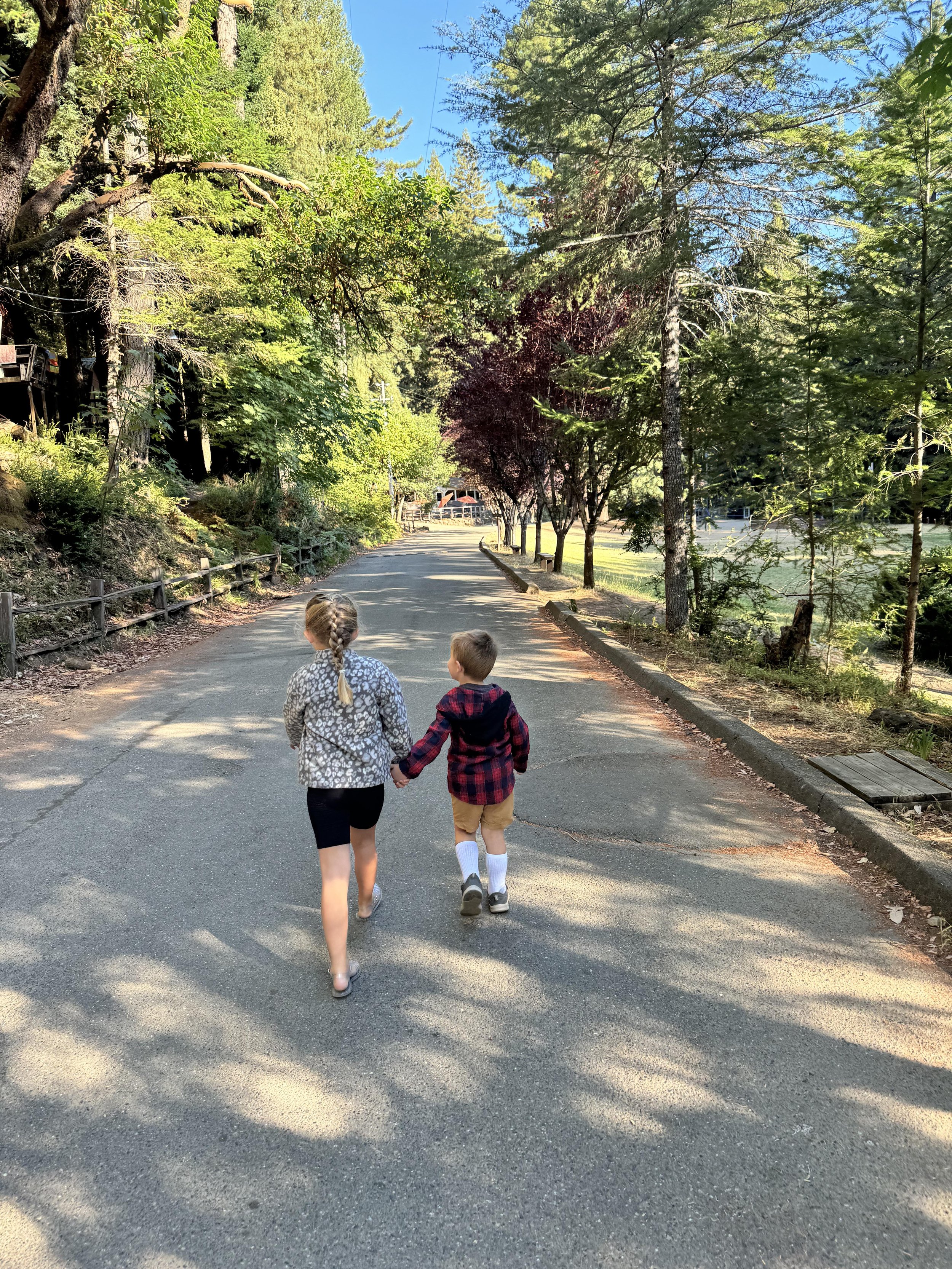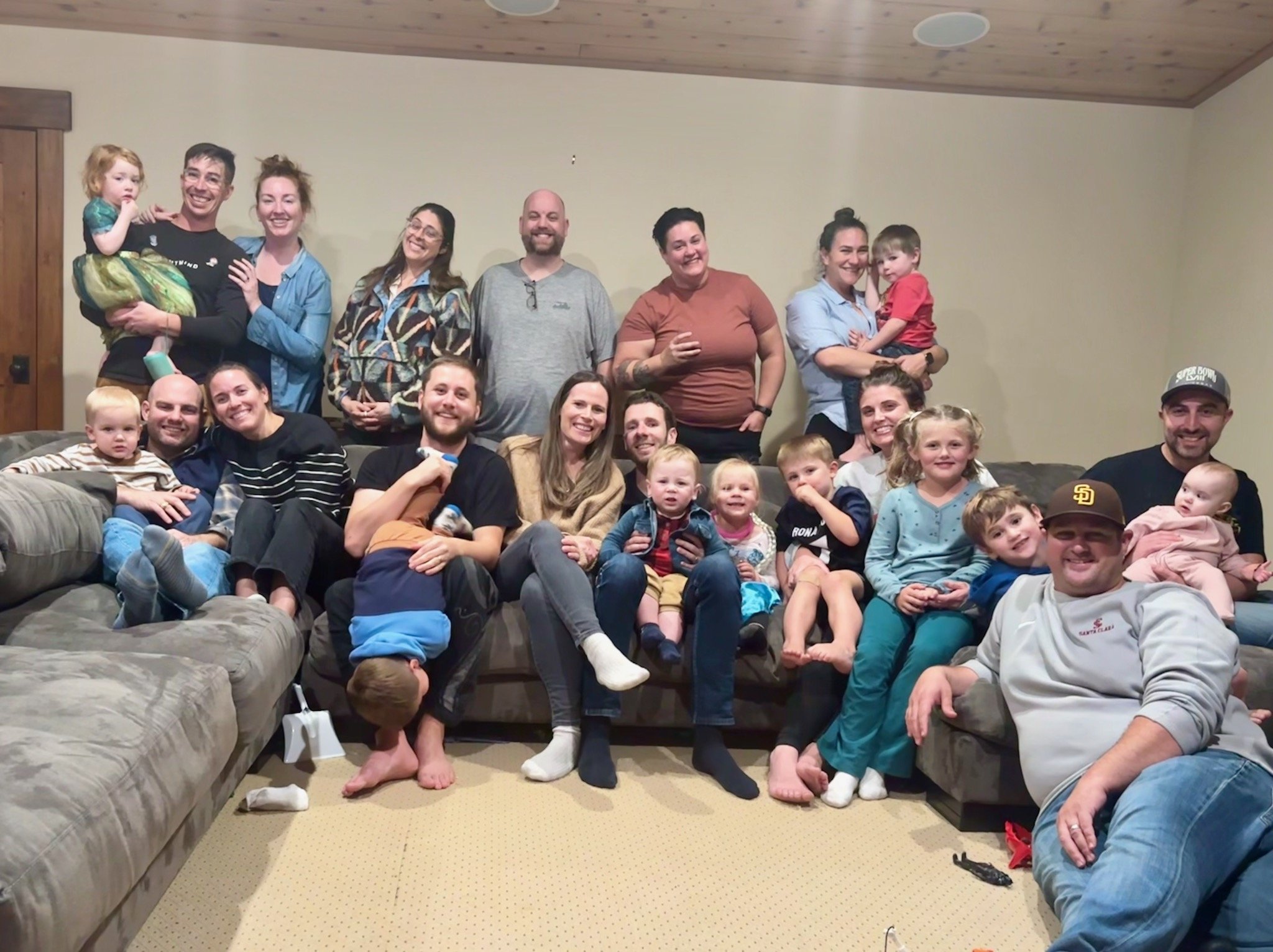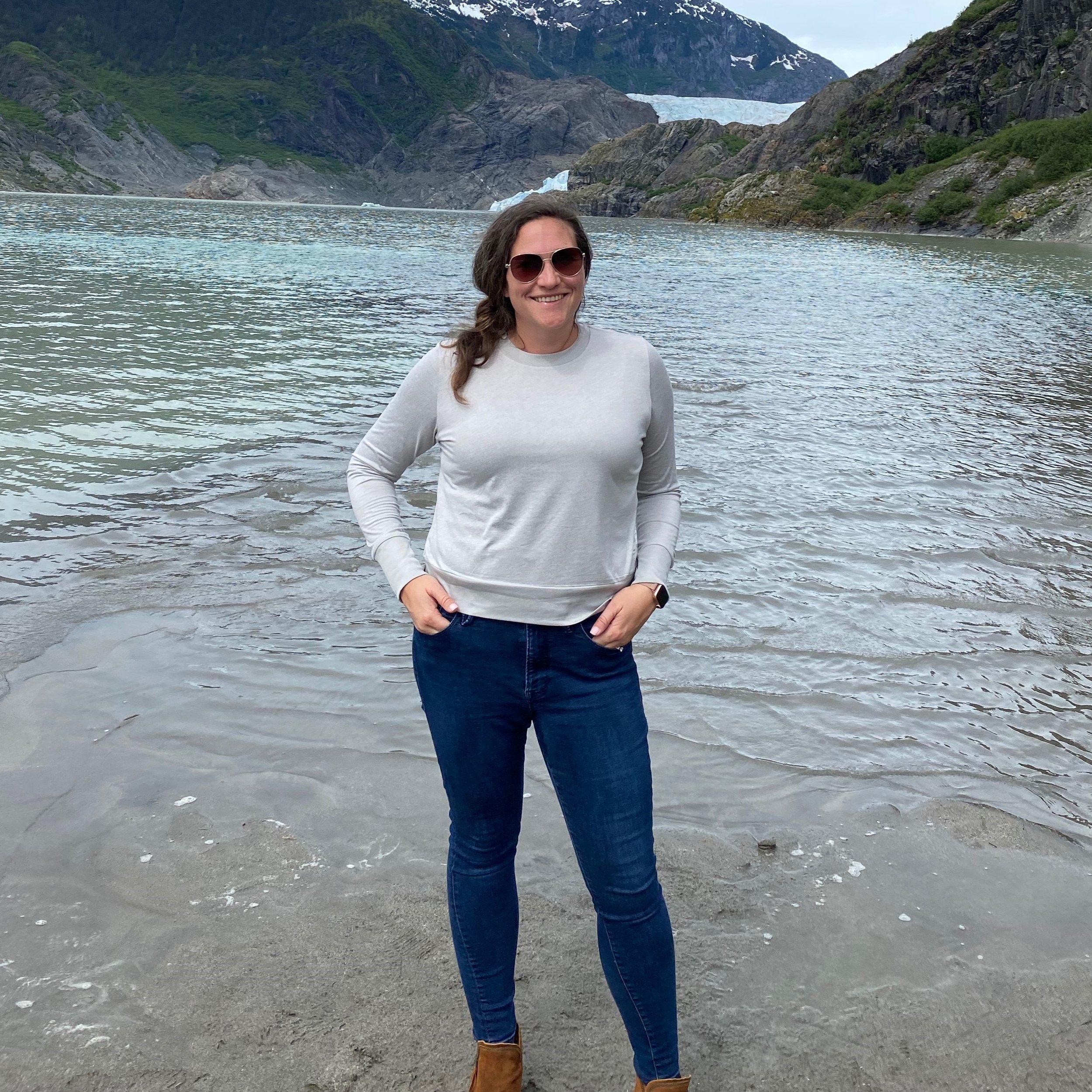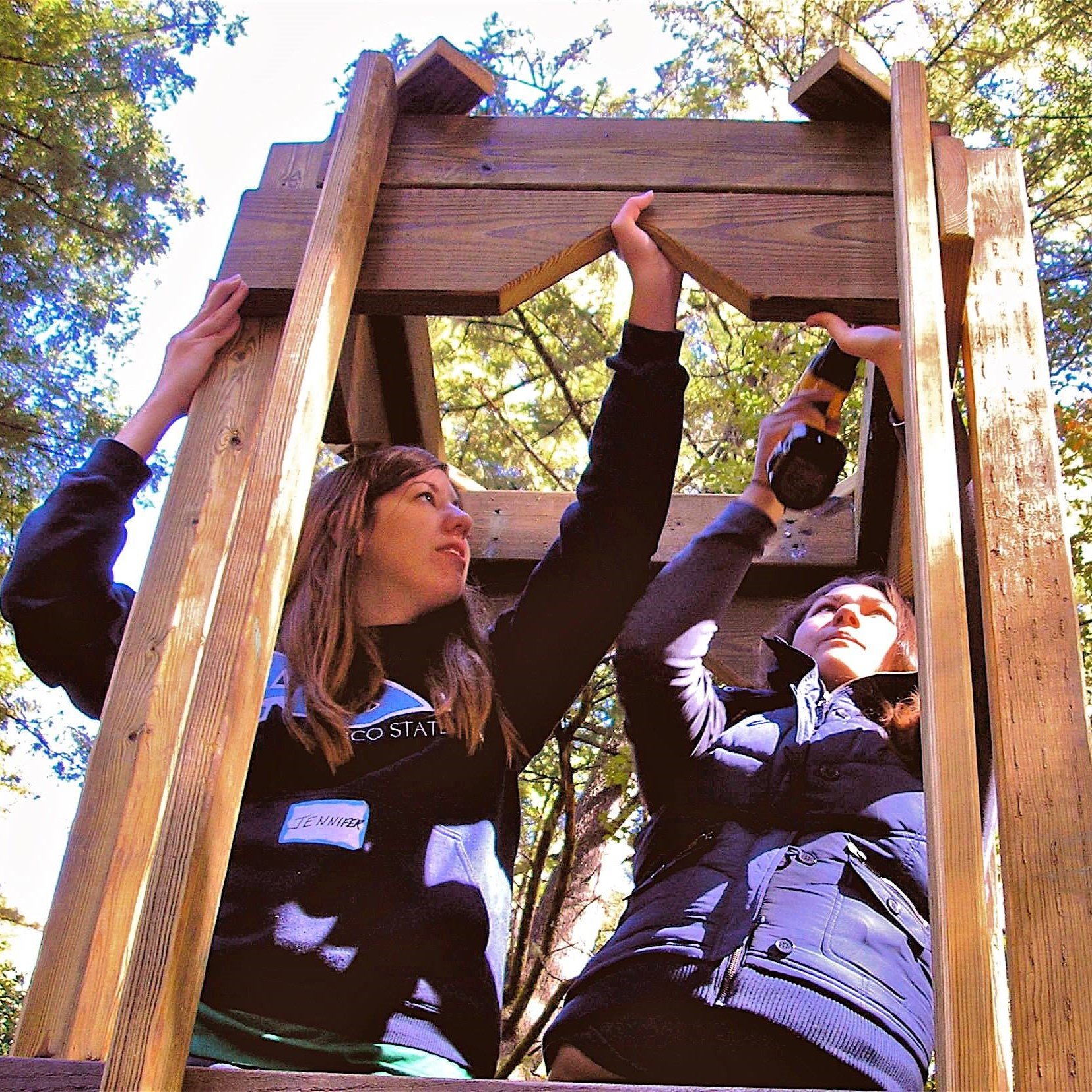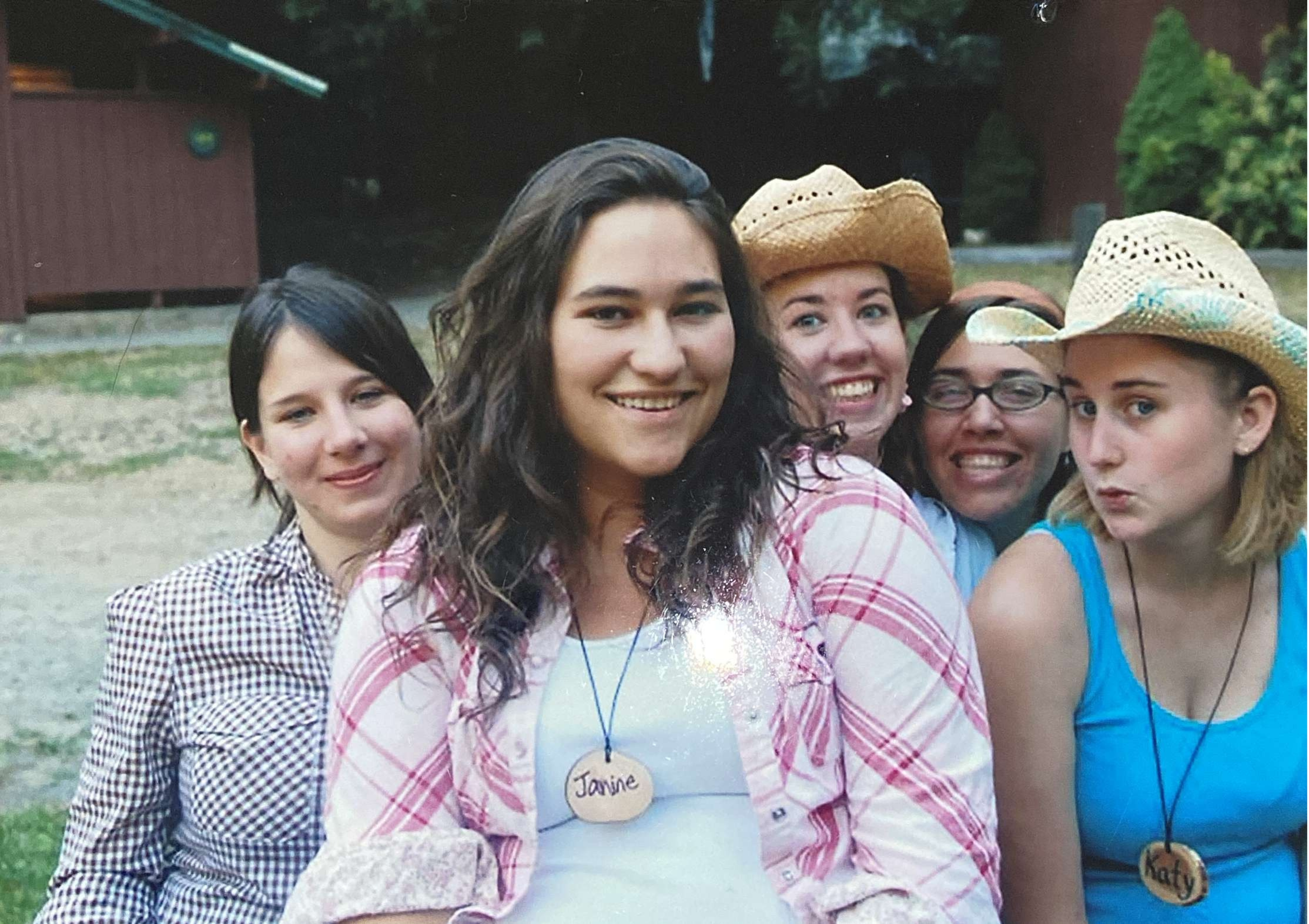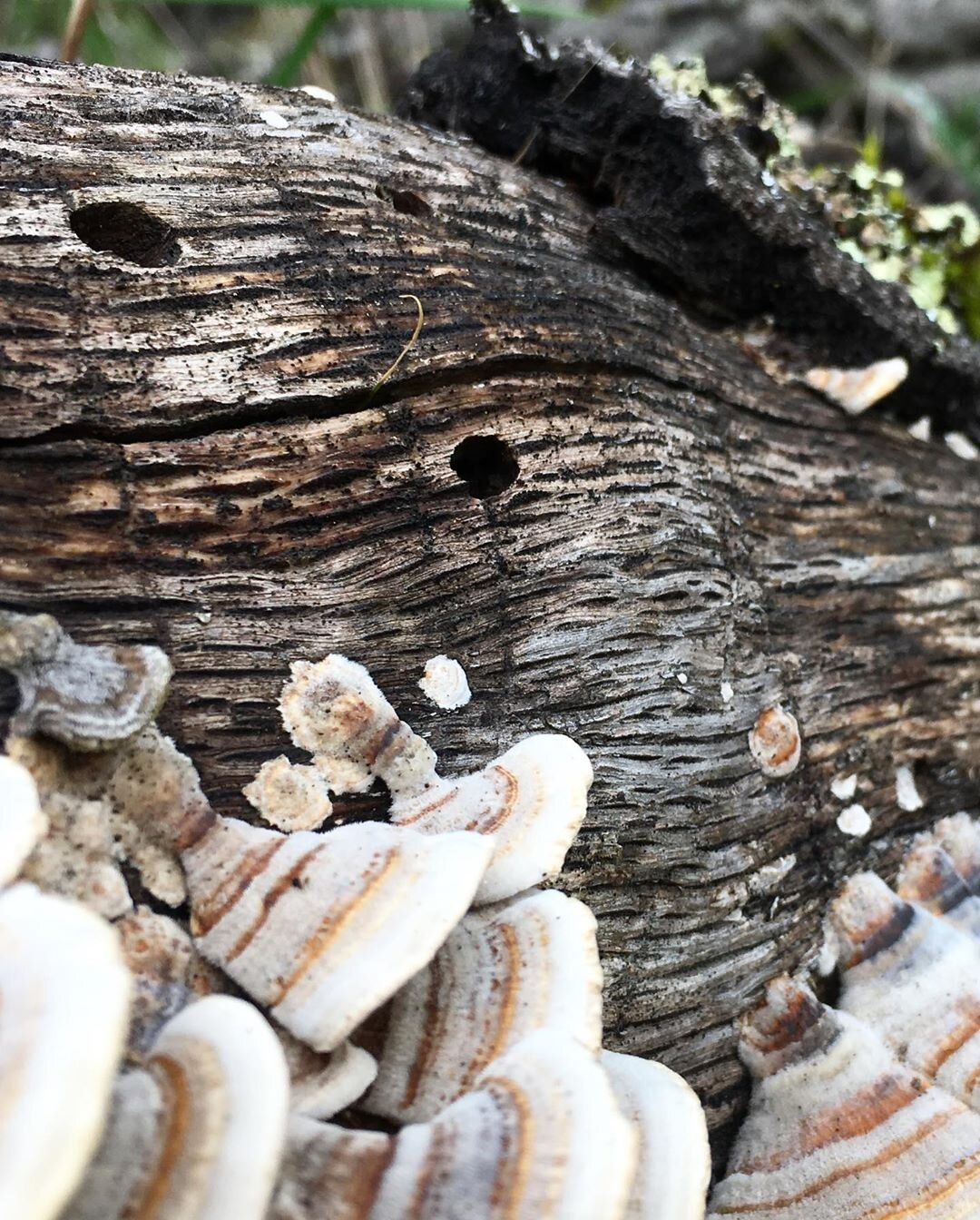THE CHANGING NATURE OF FIRE IN SONOMA COUNTY
In 2017, Sonoma County started showing up in the news often due to wildfires. 2017’s fire season was the first where we noticed fire behavior began to change significantly in Northern California. Winds similar to the Santa Ana’s in southern California started to dramatically change how fires behave. These winds are called “Diablo Winds” in Sonoma County- they are offshore, dry and have the ability to make a fire “explode.”
The Nunns, Pocket, and Tubbs fires in 2017 burned over 110,000 acres and destroyed more than 6,000 structures in Sonoma and Napa counties. We know that fire has been an important part of California’s historical ecology so, how did we get to this point?
Over the last 10,000 years our forests have adapted alongside humans and the primary tool for managing forests has been fire. The forest that Westminster Woods is home to likely burned on a 15-20 year cycle, resulting in low intensity fires that maintained, among other things; a healthy plant density, proper biodiversity, manageable fuel load amounts, new growth from increased sunlight on the forest floor and a rich soil-nutrient composition from ‘recycled’ ash.
That all changed with the extractive logging of the 1800’s and early 1900s. After the logging industry harvested what they could, there were large tracts of land without a canopy and with disturbed soils as well as an imbalance in resources. Trees that normally would not have a chance to grow due to canopy and competition had access to more sunlight than they ever had before. These young forests grew fast.
So, for the last 150 years we’ve used a passive forest management approach which has essentially been almost no management. The idea was to leave forests alone to heal themselves after. All fires were snubbed immediately and there wasn’t any active forest management- i.e. sustainable planning, harvesting and/or planting. The forest grew to what it is today…..an overcrowded woodland with moderately healthy trees and a uniquely massive fuel load.
The newly overcrowded nature of the forest, combined with Strong Diablo winds created the conditions for mega fires. 2017 was the first year of that the fires touched Sonoma County. The single largest fire in Sonoma County history, the Kincade Fire, occurred in 2019 and burned almost 80,000 acres.
HOW WE TAKE CARE OF THE WOODS
Westminster Woods has been very lucky and we’ve escaped the large wildfires. However, this means that all the fuels in the forest that would burn up in a large fire are still sitting out in the forest waiting to burn. While there isn’t a way for us to address climate change and the changing winds in a way that would directly affect our forests, we can address the fuel load.
Foresters measure fuel load is measured in BTU’s. That is, how much heat the wood burning in our forests would theoretically produce. Much of the wood in Westminster Woods’ forest is dead tan oak which is a wood that holds a significantly high amount of BTU. Meaning a fire here would burn extremely hot. So hot, in fact, that all the living organisms in the soil would be cooked. Similar to the Rim and Ferguson fires in Yosemite which burned so intensely that scientists predict a “moonscape” like appearance for at least 20 years.
As a proactive force, the “Buildings and Grounds” team at Westminster Woods has been focusing tremendous efforts and resources on minimizing the fuel load in our forest. During the summer months work is focused on maintaining the areas around our Main Campus structures (like Vernon Hall, the Boxcar, Main Office, the Shop and our cabin areas). Fuels, such as dead trees, fallen branches and brush, are cut up with chainsaws and stacked into piles or chipped in a wood chipper.
During the winter season, when the county permits burning, our B&G team collects and burns the fuel at strategic locations around camp. This rainy season, our efforts are focused on Loop Road (at the very top of our property), with the hope of reopening the top of the ridge for camping and programming.
By reducing the fuel load we are limiting how many BTU’s are in the forest. We don’t want it to burn so hot that we have a moonscape for the next 20 years.
Thank you so much for your donations that helped make this work possible!









